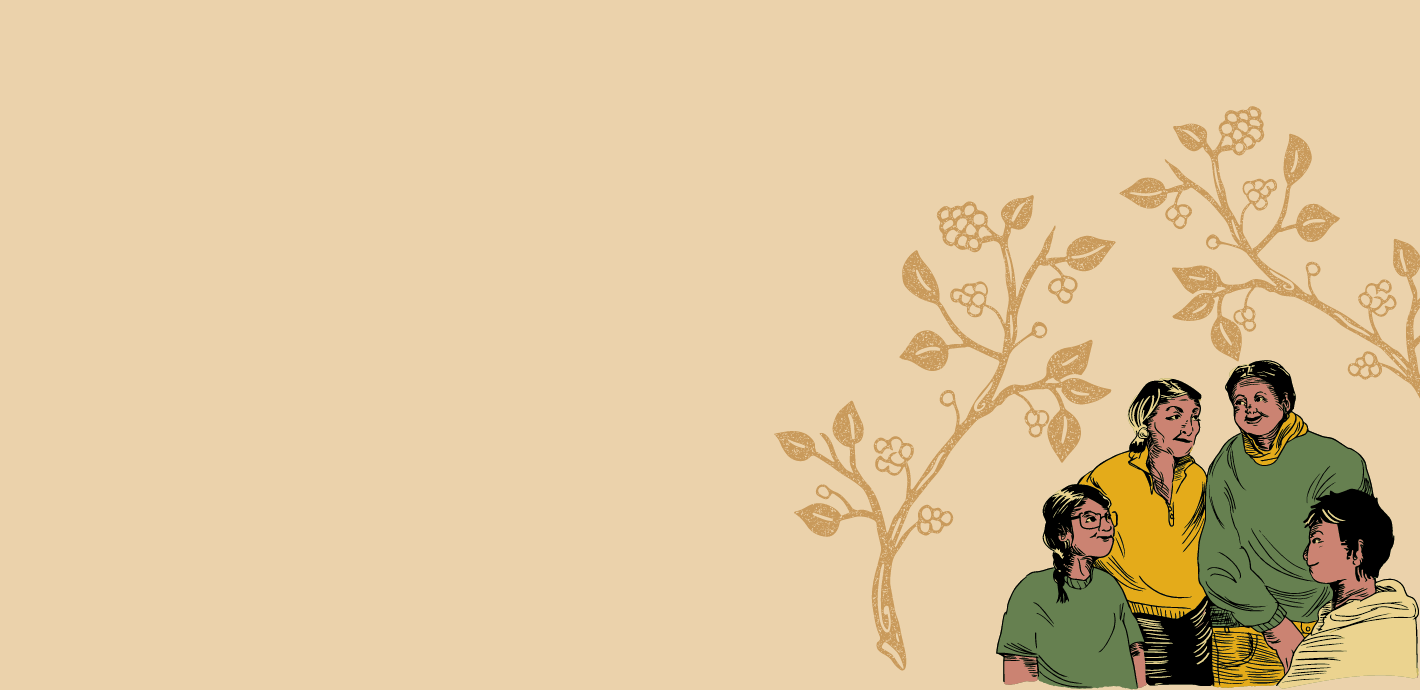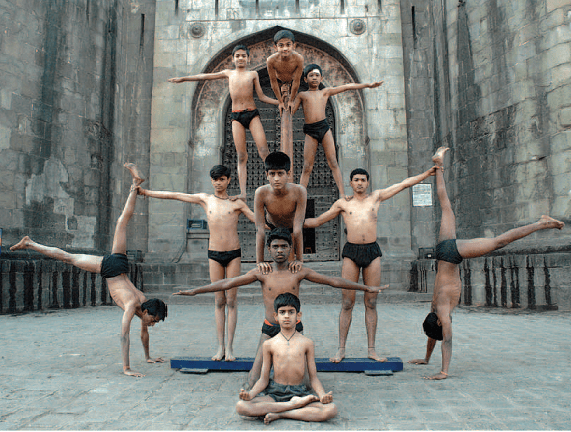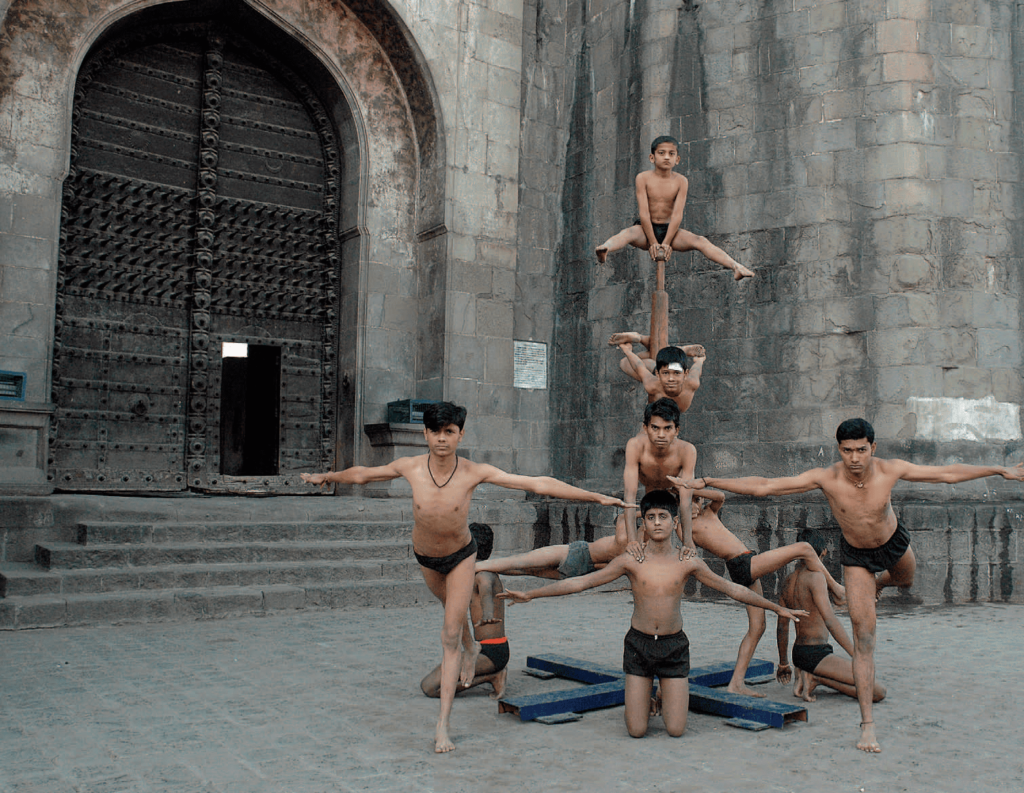When the Body Transcends its Limits: Mallakhamb
Combining dexterity and agility with strength and stamina, Mallakhamb is a tradition of gymnastics that requires a gymnast to perform acrobatics while balancing gracefully on a vertical pole says Shriniwas Havaldar
It would be worth beginning this account with an explanation of what the name ‘Mallakhamb’ means. It is a combination of ‘mall’ which is a gymnast or a man of strength and ‘khamb’, a pole. So, a combination of the two literally means a gymnast’s pole. This traditional Indian sport finds its origins in ancient India, with early mentions in Chalukya king Someshwar III’s ‘Manasollasa’, written in 1129 CE. After this period though, there is very little mention of the sport until it was revived by Shri Balambhatta Dada Deodhar, physical instructor to Bajirao Peshwa II. This is why he is known as the father of Mallakhamb.
During that time the Peshwa Durbar boasted of many other excellent wrestlers and so they hardly lost any matches to outsiders. In fact, accomplished wrestlers from all over the country visited the region to test their skills and strength. When Balambhatta was 16 he came with his parents to Pune where his father Shri Janardhan Bhatt assisted Peshwa Bajirao II with religious duties. There, young Balambhatta not only excelled in the Vedas but also in sports. He started training as a wrestler under the guidance of Guru Raghobha Vastad in his akhada (a place of wrestling). The young man’s capacity to learn and work hard quickly made him popular in his akhada and by the age of 20 he became wellknown in the entire region of Pune.
In 1818, the British defeated Bajirao Peshwa II and transferred him with his followers to Brahmavarta, a holy city on the banks of the river Ganga. Balambhattadada also followed along with his family and opened a new chapter of Mallakhamb there. When he was 44 years old he stayed for a while in Varanasi with Konbhattanana Godbole who decided to follow his techniques. Balambhattadada lived till the age of 72, spreading knowledge and awareness about wrestling and Mallakhamb all over India. Among his many disciples, Gopalrao Tattu (Bhan Talim, Miraj), Sardar Natu, Tatya Sathe, Balshashtri Sathe, Haripanth Bharve, Kasambhai (Sultan of Punjab), Gopalrao Soni and Takejmal are remembered with respect.
In 1852, unable to be independent any longer, Balambhattadada ended his life in the river Ganga. After his death, his follower, Konbhattanana Godbole, continued his work promoting Mallakhamb and wrestling while his eldest son, Ramchandra, refused to leave Brahmavarta, Dada’s wife and the two younger sons, Laxman Guru and Narayan Guru, and continued to live in Varanasi with Konbhattanana. He trained both of them perfectly in Mallakhamb and wrestling. Finally, he too married and started a new life. He had two sons, Anantaram and Narayan, both of whom achieved milestones in the field of Mallakhamb.
Today, there are many types of Mallakhamb – pole, rope, hanging, niradhar (without support), Mallakhamb on bottles and cane Mallakhamb. However, at the competitive level only pole, rope and hanging Mallakhamb are performed. In the case of pole Mallakhamb, a vertical pole is fixed into the ground and the player performs gymnastics and yogasanas while balancing himself on the pole which is usually made of teakwood with castor oil rubbed over it whereas in hanging Mallakhamb the wooden pole is shorter in length than the standard pole and instead of being dug into the ground, it is suspended above it by hooks and chains. In rope Mallakhamb, no pole is used but instead, a rope is suspended from a support. While girls are restricted to rope Mallakhamb, boys can perform all three. A Mallakhamb gymnast is a called a ‘patu’. The male patu wears a langot and jangya while the girls wear a costume or gym suit. Sometimes shorts and T-shirts are permitted for girls. Besides being a visually appealing sport for spectators, the patu himself benefits tremendously from it and can achieve a very high level of fitness. The stamina, speed, strength, flexibility and concentration required for other sports are highly developed in Mallakhamb. Those practicing Mallakhamb have successfully participated in several competitive sports like diving, horse-riding and athletics at the national level.
The regular practice of Mallakhamb also helps in the healthy development of the backbone. Not only acrobatics but also yogasanas like padmasana, natrajasana, dhanurasana and paschimottamasana can be performed on a Mallakhamb. Besides asanas, many types of adhis, tedhyas, mounts and dismounts, stretching and bending movements are also used by the Mallakhamb patus, providing excellent exercise to the entire body.
The Mallakhamb Federation of India and other such organisations have been undertaking tremendous promotional efforts in the form of state and national level competitions whilst district associations conduct district level competitions. Every year, university, inter-college and inter-school level competitions are also conducted by respective organisers. Efforts are being made to promote Mallakhamb not only in cities but also in rural and remote areas as well as abroad. What began in remote Saptashrungi spread across the country from master to disciple until Mallakhamb became synonymous with the perfection of physical prowess – stretching the body’s capacity to unbelievable limits, combining dexterity and agility with strength and stamina. This tradition persists today and celebrates the power and capacity of the human body, mind and spirit.
Author: Shriniwas Havaldar Photographs © Sachin Naik Source: Maharashtra Unlimited Vol 1, Issue 2 (2012)






 +91 942 358 5984
+91 942 358 5984